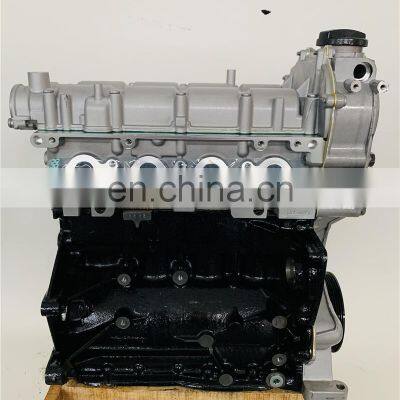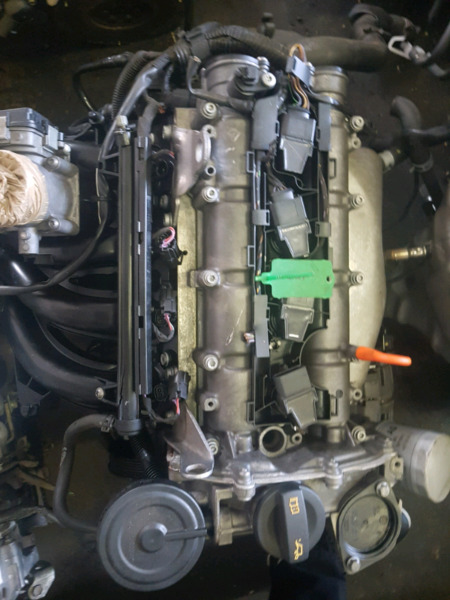Discover a high-efficiency clp engine for your equipment.
Discover a high-efficiency clp engine for your equipment.
Blog Article
Just How a Clp Engine Can Enhance Efficiency in Different Industries
The introduction of CLP engines notes a significant change in operational effectiveness across various fields, driven by their capability to maximize fuel usage and minimize downtime. Industries such as manufacturing and logistics stand to obtain significantly from their durable style and consistent power outcome, which assure to improve procedures and boost efficiency. As companies increasingly prioritize sustainability along with efficiency, the function of CLP engines comes to be much more critical. What stays to be seen is just how these advancements will certainly shape the future landscape of commercial operations and their effect on broader economic trends (clp engine).
Introduction of CLP Engines
CLP engines, or Continual Fluid Propellant engines, represent a considerable improvement in propulsion modern technology, particularly for room applications. These engines make use of a continuous feed system that permits the continual expulsion of propellant, causing improved efficiency and performance compared to typical strong or hybrid propulsion systems. By preserving a constant circulation of liquid propellant, CLP engines can attain a lot more accurate thrust control, which is vital for navigating spacecraft in various goal situations.
The layout of CLP engines integrates advanced products and innovative gas monitoring systems. clp engine. This causes minimized weight and increased integrity, vital factors for long-duration area missions. The continuous procedure minimizes the danger of burning instability, a typical obstacle in conventional rocket engines.

Benefits in Production
The production of Constant Liquid Propellant (CLP) engines presents several notable benefits that boost both effectiveness and cost-effectiveness. One of the primary benefits is the structured manufacturing process, which reduces the intricacy connected with standard propulsion systems. By using fluid propellant, producers can attain greater accuracy in engine efficiency, causing enhanced energy result and reduced waste.
Furthermore, CLP engines facilitate a greater degree of modularity, permitting easier integration into numerous manufacturing lines. This flexibility can dramatically reduce lead times and boost general functional versatility. The use of CLP innovation also has a tendency to lessen the demand for substantial maintenance as a result of fewer relocating parts, which converts into minimized downtime and operational costs.

Applications in Logistics
Leveraging Constant Fluid Propellant (CLP) engines in logistics supplies substantial benefits in functional performance and integrity. These engines supply a durable option for different transportation needs, allowing the smooth motion of goods across vast ranges. The integral style of CLP engines enables consistent power output, which converts into smoother and more foreseeable transport routines.
One of the key applications of CLP engines in logistics remains in durable freight transport, where they can drive both ground and airborne automobiles. Their capability to preserve high performance under differing tons conditions ensures that distribution timelines are satisfied, thus enhancing consumer fulfillment. In addition, CLP engines can be incorporated into automated logistics systems, facilitating real-time monitoring and enhancing route preparation.
Furthermore, the resilience of CLP engines reduces upkeep downtime, site here allowing logistics companies check these guys out to optimize their operational capacities. This is especially beneficial in warehousing procedures, where efficiency in managing and transferring items is vital. As logistics remains to evolve, the assimilation of CLP engines represents a forward-thinking strategy that not only enhances performance however additionally supports the sector's growing demands for dependability and speed.
Effect on Power Performance
Exactly How do Constant Fluid Propellant (CLP) engines boost energy performance in transport? CLP engines make use of a constant circulation of liquid fuel, enhancing burning processes and preserving a secure drive result. This style lessens power losses associated with standard burning engines, where gas delivery can vary and cause inefficiencies.
The continuous procedure of CLP engines enables a more reliable thermal cycle, leading to greater details impulse compared to conventional engines. clp engine. This equates to minimized gas intake for the exact same quantity of job done, significantly lowering operational expenses across various transportation industries, including air travel and maritime industries
In addition, the capacity of CLP engines to maintain optimum efficiency under differing lots problems lowers the demand for constant velocity and slowdown, additionally boosting gas effectiveness. Enhanced energy efficiency not only contributes to set you back financial savings yet additionally brings about reduce greenhouse gas discharges, lining up with global sustainability goals.
Future Trends and Innovations
Arising innovations in Continual Fluid Propellant (CLP) engine innovation guarantee to transform the landscape of transportation performance and sustainability. As sectors pivot toward greener alternatives, CLP engines stand at the forefront, incorporating ingenious materials and design techniques that improve performance while minimizing ecological effect.
One of one of the most appealing trends is the fostering of crossbreed systems that combine CLP engines with renewable resource sources. This harmony can enhance fuel usage and decrease emissions, straightening with worldwide sustainability objectives. Developments in computational liquid dynamics (CFD) are assisting in the design of even more aerodynamically efficient engines, leading to minimized drag and improved gas efficiency.
Moreover, the development of wise monitoring systems is established to boost operational performances. These systems leverage information analytics and IoT modern technology to optimize engine efficiency in real-time, ensuring that the engines operate within their most reliable parameters.
As research study proceeds to explore alternate propellant solutions-- such as biofuels and synthetic fuels-- the future of CLP engines looks appealing. By utilizing these innovations, industries can not just boost their efficiency but likewise contribute dramatically to a cleaner, more sustainable future in transportation.
Final Thought
In conclusion, CLP engines represent a significant development in efficiency throughout numerous sectors. The assimilation of innovative products and fewer moving components decreases upkeep demands, while alignment with sustainability goals placements CLP engines as a crucial modern technology for the future.
Report this page